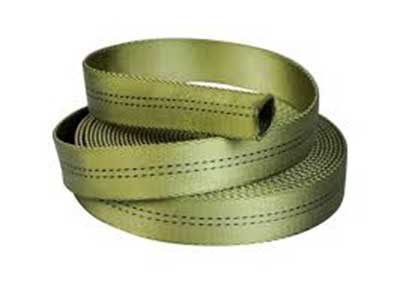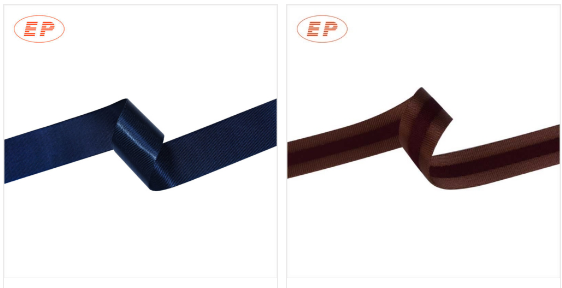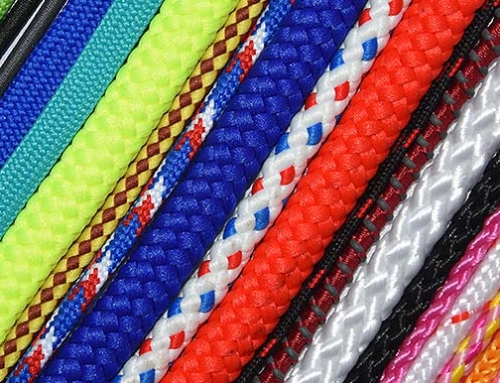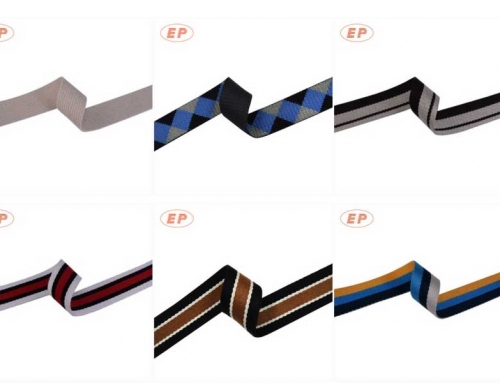It’s still a debate in many climbers’ conversations, how to choose, tubular webbing vs flat webbing, but for most serious climbers the benefits of tubular webbing make a clear-cut case. What’s the difference and why even make webbing into a tubular shape? Believe it or not, there are very real differences between the two types of webbing and tubular webbing was designed with some specific advantages in mind.
Flat Webbing is a solid weaved webbing of strong nylon fibers. It is typically used in the form of anchor straps which provide a strong easily constructed anchor. However, flat webbing is very limited in its uses. It does not hold knots very well which is the largest limiting factor. Capable of great tensile strength, flat webbing is a helpful tool for many purposes. But when it comes to climbing it has some basic weaknesses. When scraped over surfaces like rough rocks or jagged rocks, its stiffness promotes wear and tear. And while it can be tremendously strong, it is not as strong as tubular webbing of the same size.
Tubular webbing is much more flexible than flat webbing. It is soft and pliable, allowing for more uses than flat webbing. Tubular webbing on the other hand is far more supple and holds knots nicely. And because of its pliability, it tends to glide better over rough or jagged surfaces, preventing the wear and tear that occurs more with flat webbing. On the flip side, however, when pulled to one side or caught over an obstacle or link, the side of friction takes more pressure than the loose side of the tube. But with 4,000 pounds as a breaking point, cutting the strength like that is not a cause for concern unless you are trying to tow a car with the webbing. And it can be purchased in up to 9,000 pounds breaking point strength.

Tubular webbing vs flat webbing, which is better, according to your need.






